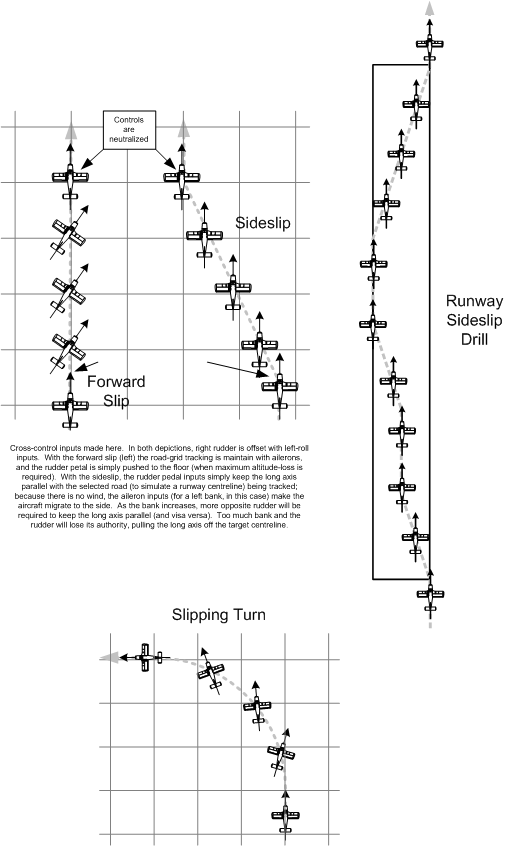That's a simple turn. But jets are moving fast enough that the heading change happens much more slowly than in light planes. It still happens though. They are still turning, like any other airplane - not moving laterally.
But you have not changed your flight path...through the air, or with respect to the ground.
There's nothing I don't grasp. Again, communication problems. And once again, I refer back to my analogy of a car changing lanes without any amount of turning. To me, that is sideways travel. Airplanes can't do that. If they can, please send video. I understand slips and slipping turns. I do them every landing. I guess we are simply not communicating. The written word can be difficult. I hope you can at least understand what I'm saying well enough to stop accusing me of cluelessness. I have the sense to understand that we are considering "sideways" movement differently. I'm not accusing you of being clueless. But I understand that folks on internet forums are spring loaded to look for any possible statement that could be misconstrued as something that proves one person is with it, and another person is not, and happily point that out. Keeps the old marbles moving around I guess. Threads that have gone this far rarely accomplish anything, so I'm out and heading to the airport to see if I can figure out those slip things.




